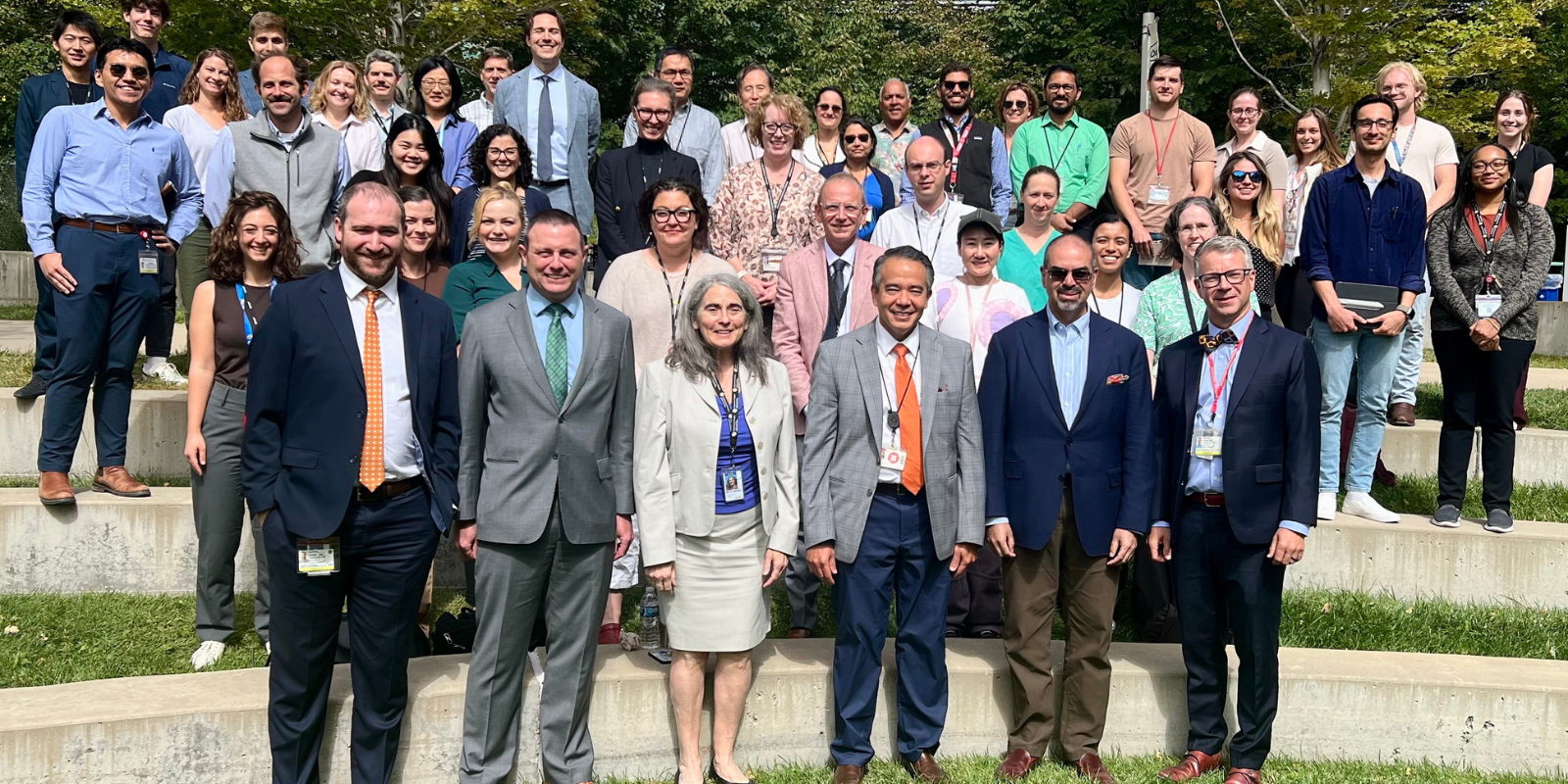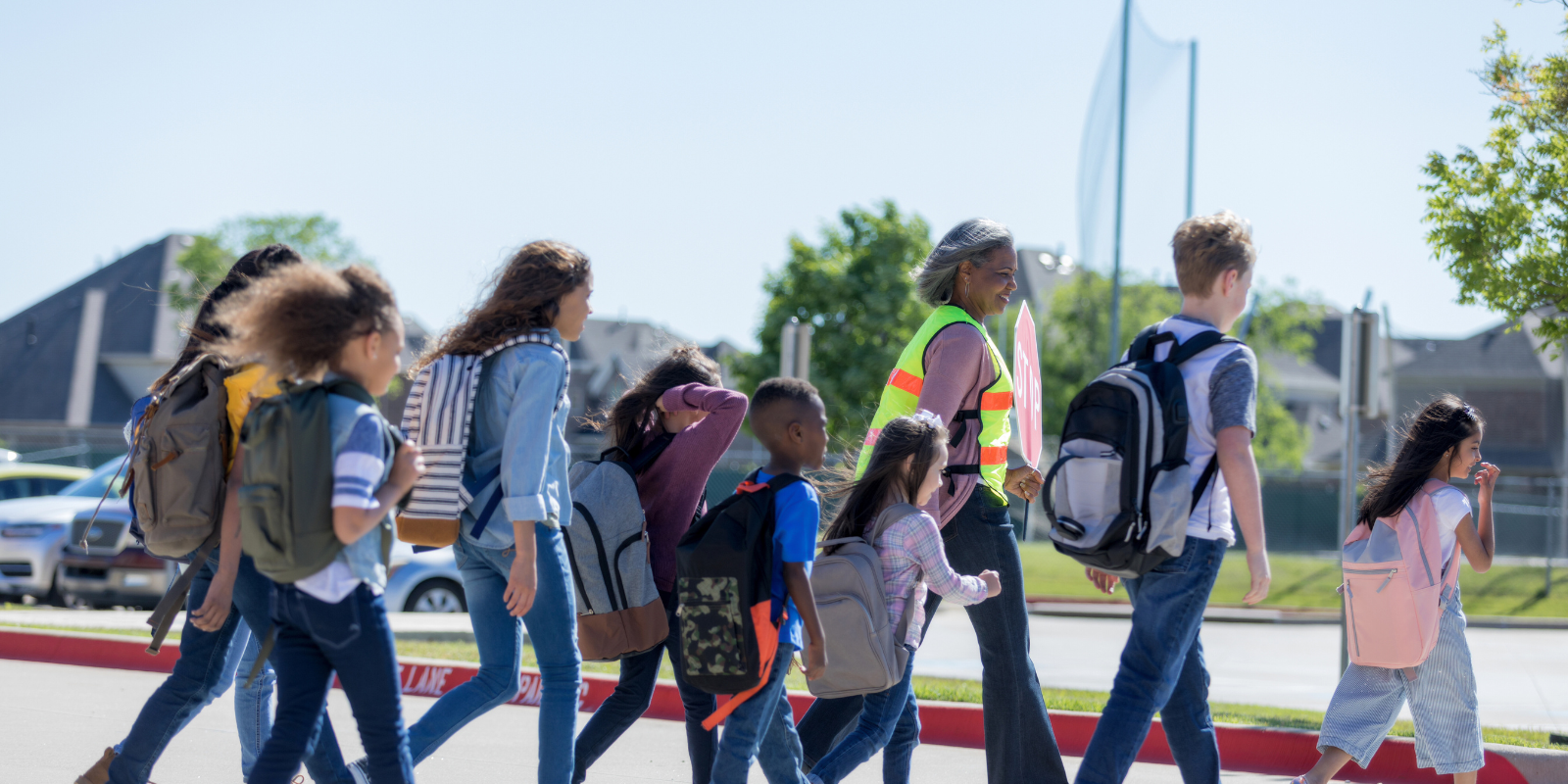The second annual Research Retreat at the University of Colorado Department of Surgery celebrated the department’s current strengths in research while spotlighting collaboration with other groups and departments on campus as a path toward conducting more research and securing more funding.
“Science and research is a team sport, and it’s through these connections we get better,” Richard Schulick, MD, MBA, chair of the Department of Surgery, said in his opening remarks at the September 20 event.
Schulick reminded the researchers in attendance of the Department of Surgery’s mission, which is broken into four parts: innovate surgical care, cure through discovery, enlighten tomorrow's leaders, and to dare to be exceptional.
“You can see that these four areas all need a very strong research program and research infrastructure,” Schulick said. “We have broadened our definition of research to include prevention outcomes, looking at factors that lead to surgical disease in addition to curing patients with surgical disease. We have heavily invested in our research program, and this has led to an increase in our funding.”
Importance of NIH
Elizabeth Kovacs, PhD, vice chair of research for the CU Department of Surgery, spoke of the department’s research strengths, including a number-13 ranking on the 2024 Blue Ridge Institute for Medical Research Rankings of National Institutes of Health Funding, an annual ranking of the NIH funding allotted to researchers at medical schools and their departments.
Kovacs also mentioned the 19 NIH grants currently underway at the Department of Surgery, with seven more currently submitted for review.
“NIH funding helps us recruit, mentor, and retain the best and the brightest trainees and faculty,” Kovacs said, adding that she is working to recruit more NIH-funded faculty members and mentor junior faculty members so they can soon apply for NIH funding.
Location, location, location
In his opening remarks, John Sampson, MD, PhD, MBA, the new dean of the CU School of Medicine, noted that the physical layout of the CU Anschutz Medical Campus is conducive to research collaborations and different phases of research happening simultaneously.
 Dean Sampson speaks at the Research Retreat.
Dean Sampson speaks at the Research Retreat.
“It’s very unique to have the incredible proximity we have on this campus,” he said. “In many institutions, the school of medicine and the hospital aren’t even on the same campus. That makes it very difficult to do clinical research and translational research. We’re fortunate that we have our children’s hospital, our adult hospital, our VA hospital, and all the research facilities, everything within a 10-minute walk. There are lots of opportunities to collaborate here.”
Indeed, collaboration was the theme of the day, with a variety of centers, institutes, and programs from across the CU Anschutz Medical Campus engaging in what Mitchell Cohen, MD, associate vice chair of basic and translational research, called “speed dating for research resources on campus.” Representatives from groups including the Colorado Clinical and Translational Sciences Institute, the Adult and Child Center for Outcomes Research and Delivery Science, and the Center for Health Artificial Intelligence gave short presentations on their work and their potential for collaboration.
 Ronald Sokol, MD, of the Colorado Clinical and Translational Sciences Institute, presents at the Research Retreat.
Ronald Sokol, MD, of the Colorado Clinical and Translational Sciences Institute, presents at the Research Retreat.
“We’re trying to learn about other programs across campus, trying to leverage their knowledge to move our research forward,” Kovacs said.
Sampson said learning more about other research happening on campus has the potential to spark ideas for collaboration among faculty members, residents, and other researchers in the CU Department of Surgery.
“There are absolutely extraordinary opportunities for research here, and these talks will allow those research ideas to flourish,” Sampson said. “I think it will allow for these casual — or in this case, maybe even more intentional — collisions to occur, where you can find something in someone else’s lab or someone else's research that can help your own or make your own better.”
Featured image: Research Retreat participants pose for a group photo.


.png)

